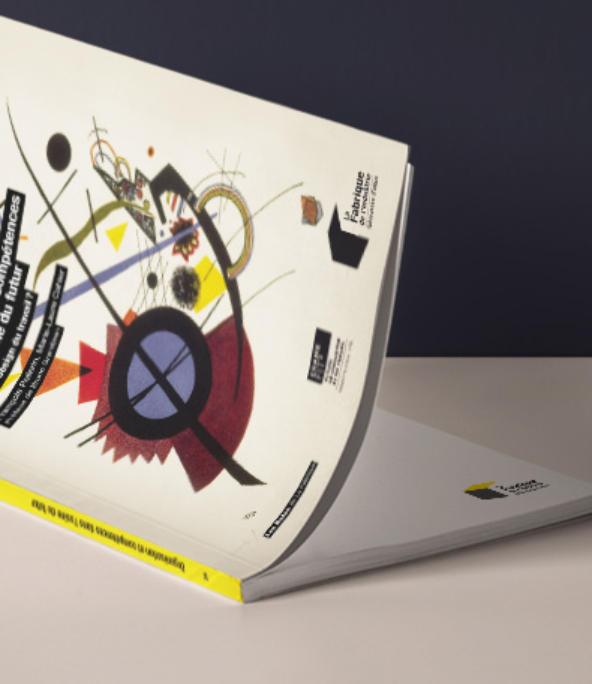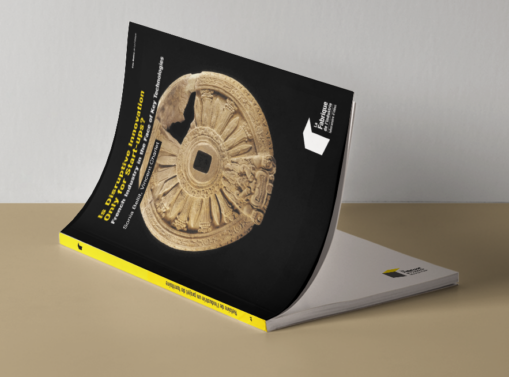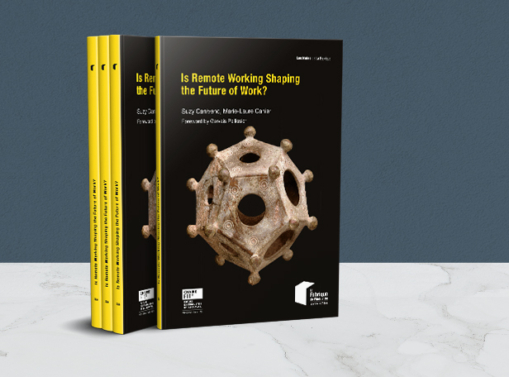Organization and Skills in the Factory of the Future
The objective of this note is to identify emerging practices to organize work and manage skills in factories that have successfully modernized their production system.
The objective of this note is to identify emerging practices to organize work and manage skills in factories that have successfully modernized their production system, based on about twenty testimonials from experts and managers of different-sized manufacturing businesses. These companies tend to be on the cutting edge and so are not representative of French factories as a whole, but their pioneering vision may inspire others. Their transformation is comprehensive and cultural over and above technological.
Business needs and transformation
Business transformation aims to increase a company’s competitiveness and agility. The focus of this type of change is not just to introduce new technology, but to move towards a more learning-based organization model that facilitates rapid control and decisions in the management chain (autonomy), encourages employees to express their opinion on their tasks and posts (continuous improvement), and frees up energy and creativity (innovation).
Yet, even in these pioneering businesses, becoming a learning organization remains more of a target than an outcome. We observe still-tentative attempts to strike a balance between streamlining procedures and increasing employees’ margins for manoeuvre. There is no single, definitive model, but instead circular movements and hybridizations of different organization models, that attempt to resolve different tensions (e.g. between job enrichment and greater versatility of staff or between reduced physical hardship and increased cognitive and psychological workload). Ten of these tensions are discussed in an annex to the document.
Skills management
To tackle recruitment difficulties in production occupations, companies are obliged to hire staff and manage careers by putting more of a focus on people’s potential (capacities, attitude, aspirations) than on the skills listed on their CV, and by fostering their talents in the long term (support for personal projects, intrapreneurship). The companies in our sample invest significantly in training in order to adapt the skills of their staff. Core competencies only represent one aspect of this training; the remainder is devoted to developing soft skills and digital knowledge. Alongside traditional training, companies encourage informal learning aimed at stimulating curiosity, initiative, and cross-cutting collaborations between staff to boost the agility of the organization.
Three components structuring the organization of work
Almost all of the companies in the sample, at different stages of maturity, combine a lean approach (streamlining) with employee autonomy and the introduction of new technologies.
Lean management is a structural tool that only works fully when operators play a core role, otherwise productivity gains turn out to be short-lived and the resulting constraints badly perceived.
The development of staff autonomy allows employees to regain control of their work organization, reflect on its meaning and utility, and on what sometimes prevents them from working efficiently.
This greater employee autonomy often leads to a flattening of the hierarchy and a gradual shift in the boundary between execution and decisions. This increased power to act and greater responsibility can nevertheless be tricky for some employees and managers.
When technologies are introduced into factories, lean management can realize its full potential thanks to the synchronization of physical flows and information flows (digital lean approach). However, their impact on the quality of work is ambivalent: Do they enrich jobs, or reduce the margins for manoeuvre of operators guided and “steered” by technologies?
One step closer to work design?
When lean management is preceded by autonomy, and when operators are involved in the introduction of technologies, the latter are more easily and effectively adopted. The acronym CALT (confidence, autonomy, lean, technology) denotes a path of progress that can combine greater value for human work with modernization of the production system and performance for the company. Confidence, which is crucial here, grows as the approach is deployed.
This approach illustrates what work design could be, in a more general way, that is, an approach that involves applying design not just to the conception of products and services with final customers, but to the process of defining work with employees. Some companies have begun to explore this avenue in a necessary effort to make production occupations, and ultimately the industry, more attractive.
To order the Note in paper version, please go to the Presses des Mines website.




